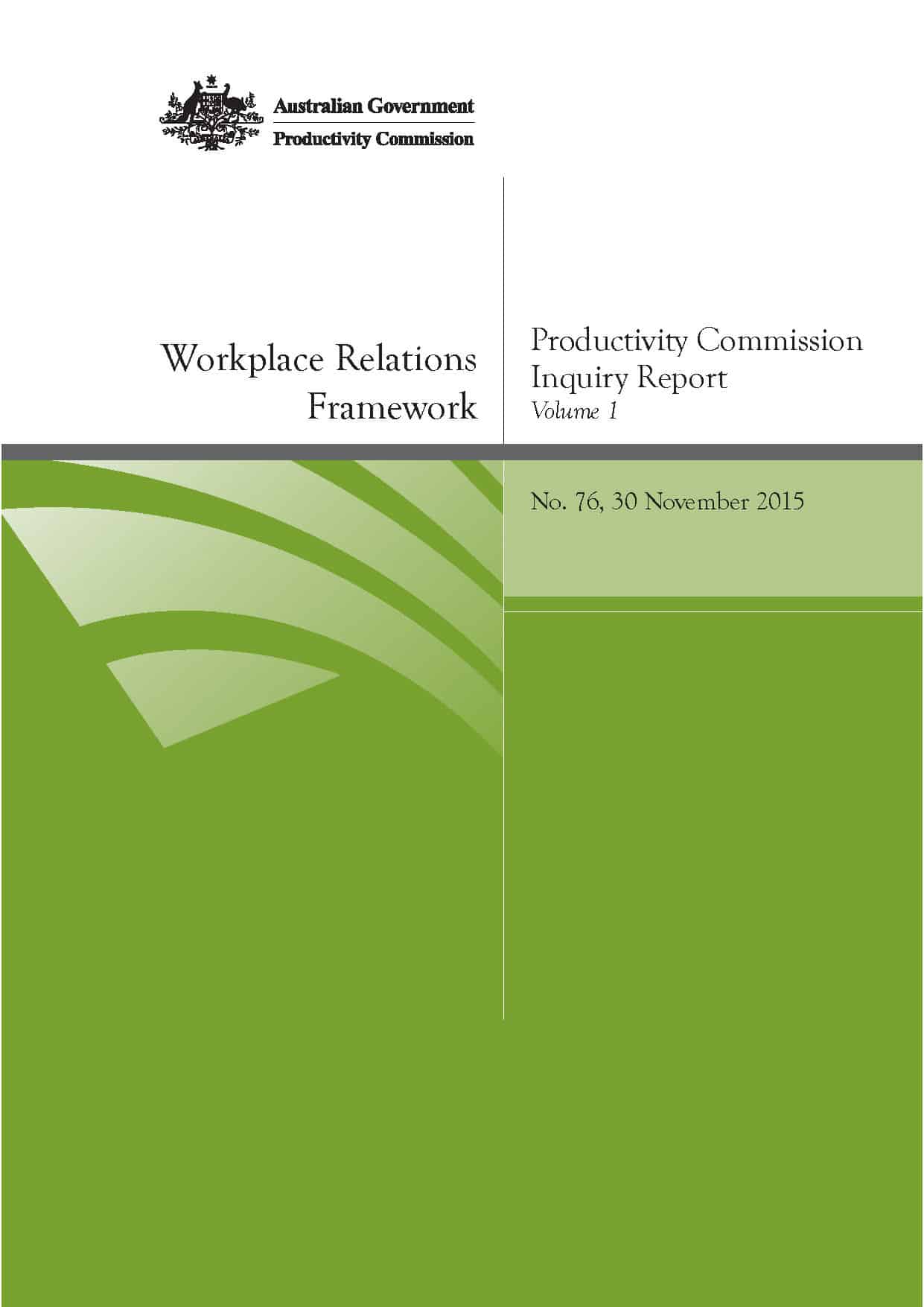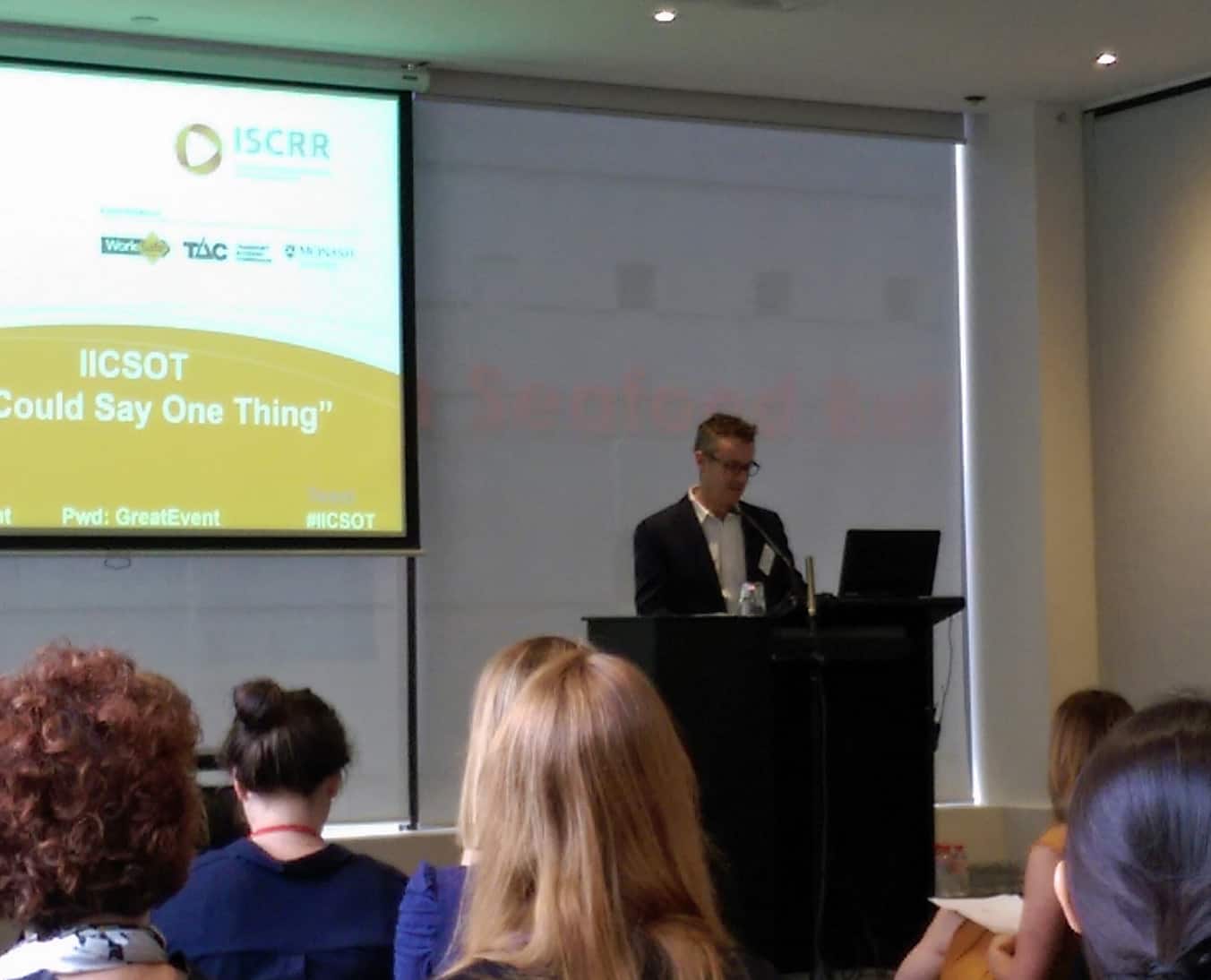![]() An article from the January 2016 edition of the Journal of Occupational & Environmental Medicine (JOEM) has been gaining some attention through social media networks. The article, Tracking the Market Performance of Companies That Integrate a Culture of Health and Safety: An Assessment of Corporate Health Achievement Award Applicants, is being interpreted as evidence that health and safety programs lead to “superior market performance”. Yes and No, but mostly No. Continue reading “Health program impact on corporate share price is overstated”
An article from the January 2016 edition of the Journal of Occupational & Environmental Medicine (JOEM) has been gaining some attention through social media networks. The article, Tracking the Market Performance of Companies That Integrate a Culture of Health and Safety: An Assessment of Corporate Health Achievement Award Applicants, is being interpreted as evidence that health and safety programs lead to “superior market performance”. Yes and No, but mostly No. Continue reading “Health program impact on corporate share price is overstated”
Category: productivity
Achievement requires safety
 LinkedIn and other social media often includes “inspirational” posters and memes. They are eye-catching and often funny but they can also be thin and simple. This simplicity can reinforce thoughts that may work against being safe. The image on the right is an example.
LinkedIn and other social media often includes “inspirational” posters and memes. They are eye-catching and often funny but they can also be thin and simple. This simplicity can reinforce thoughts that may work against being safe. The image on the right is an example.
Talking about safety – old skills in new ways
Australia’s latest Prime Minister, Malcolm Turnbull, has a strong background in technology investment and is urging the country to embrace innovation. This has generated a focus on information technology start-ups but it may also create opportunities for occupational health and safety (OHS) professionals, if they are willing to change.
There has been a quick growth in
Where workplace bullying sits in Australia’s IR review
 Australia’s Productivity Commission (PC) has released its final report into the Workplace Relations Framework. Almost all media discussion has been about potential changes to penalty rates but, as mentioned in an earlier blog post, workplace bullying is part of the inquiry’s terms of reference, submissions were sought on this and the final report identifies one view on the current state of play.
Australia’s Productivity Commission (PC) has released its final report into the Workplace Relations Framework. Almost all media discussion has been about potential changes to penalty rates but, as mentioned in an earlier blog post, workplace bullying is part of the inquiry’s terms of reference, submissions were sought on this and the final report identifies one view on the current state of play.
The Australian newspaper has summarised the report as rubbish while The Age has described it as a “fair assessment“. These polarised interpretations say more about mainstream media ideologies than they do about the report, but they reflect the dichotomy between unions and business and the Left and the Right, and need to be remembered when reading their articles about occupational health and safety (OHS).
Volume 2 of the PC’s report includes a chapter (19) specifically addressing workplace bullying but the issue crops up throughout Volume 1 to illustrate the Fair Work Commission’s operations, where bullying fits in the workplace relations framework and even as bullying relates to breastfeeding.
Zero Harm is dead, long live ……whatever comes next
Zero Harm was an enormously popular motivational aim for OHS. It originated as a response in some large organisations where safety performance was plateauing and who felt that they had achieved as much as they could in redesigning work and improving physical safety. The plateauing led to frustration and a reassessment of safety practices. The remaining variable was seen to be the worker and so slogans were instigated to increase the care (or mindfulness) of workers.
However, this assessment seems to have taken the traditional, and shallow, approach. One variable is, of course the worker but the assessors failed to see that the organisational structure and operations were, or should be, variable too. In the words of the current Australian Prime Minister, Malcolm Turnbull, this variability, this adaptability, could lead to innovation, economic growth and increased sustainability.
The promotion of the zero harm approach to safety could be seen as a safety dead-end and an indication that organisations were fixed on only seeing the dead-end. Safety thinkers, and there are a few, offered ways out of the dead-end by thinking differently about what we know.
The 39 (per cent) Steps
 At lunchtime today, the Institute for Safety, Compensation and Recovery Research (ISCRR) conducted a short seminar of five 7-minute presentations, predominantly, from academic researchers.
At lunchtime today, the Institute for Safety, Compensation and Recovery Research (ISCRR) conducted a short seminar of five 7-minute presentations, predominantly, from academic researchers.
The most significant statistic provided was by Dr Genevieve Grant who said that only 39% of injured workers submit claims for workers compensation. The significance is that the Australian government, OHS regulators and policy makers rely on the number of claims being a measure of the level of workplace safety.
This figure illustrates the absurdity of many of the statements made about which is the safest State in Australia. Continue reading “The 39 (per cent) Steps”
EU provides clues for improving safety management
 The European Union conducts research into occupational health and safety that, although there may be cultural and legislative differences, deserves attention from outside that geographical region. Recently EuroFound released its annual review for 2014. There are a couple of research projects that deserve consideration, particularly return-on-investment in construction safety, violence at work, psychosocial issues and precarious work risks. Continue reading “EU provides clues for improving safety management”
The European Union conducts research into occupational health and safety that, although there may be cultural and legislative differences, deserves attention from outside that geographical region. Recently EuroFound released its annual review for 2014. There are a couple of research projects that deserve consideration, particularly return-on-investment in construction safety, violence at work, psychosocial issues and precarious work risks. Continue reading “EU provides clues for improving safety management”
